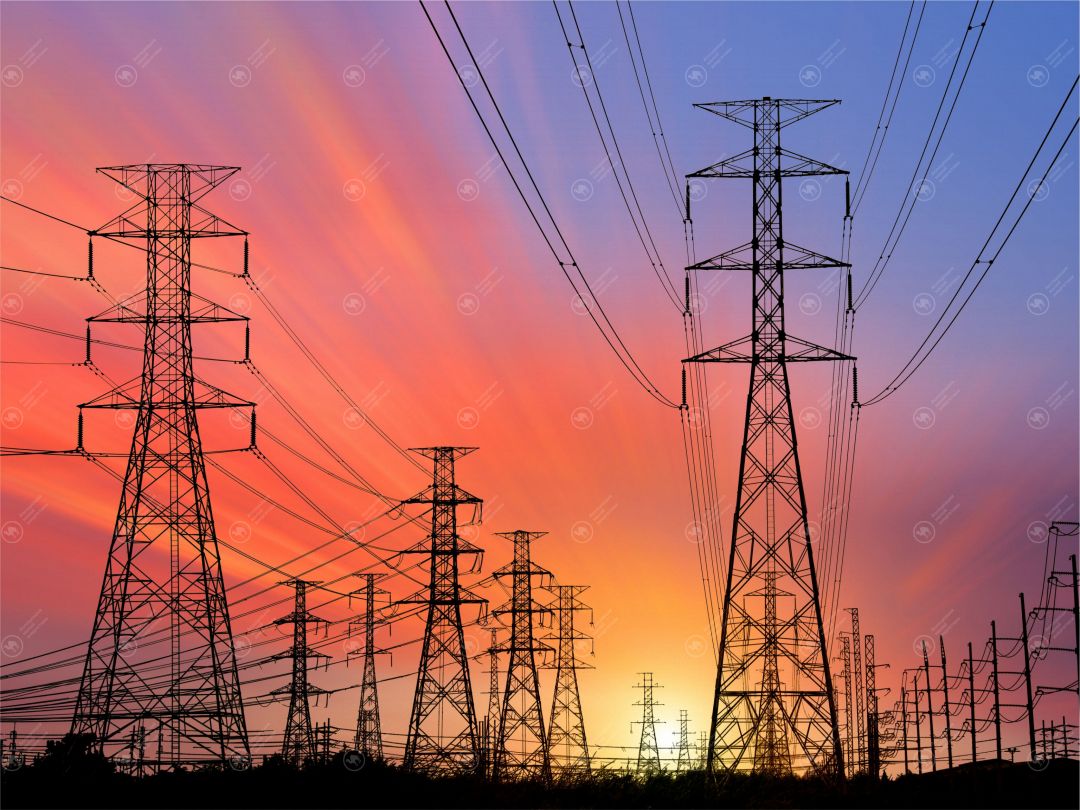Based on the results of public discussion, the Association of Small Power Industry proposed to finalize the draft General Scheme of Electric Power Industry Facilities Location until 2042 published on the website of SO UES JSC. In the opinion of the association's representatives, the document requires substantial adjustment taking into account current trends in the development of the domestic and global power industry.According to the letter of the Small Power Industry Association sent to Fedor Opadchem, Chairman of the Management Board of SO UES JSC, "the project is focused on withdrawal of financial resources from the investment turnover of economic sectors and their redistribution in favor of power engineers and electric grid monopoly without significant effects for society and economy, does not take into account the main development trends of the modern power industry, as well as the need to improve the stability and reliability of the power industry under external threats.
Representatives of the Small Energy Association note that according to the submitted Draft, the implementation of technical solutions envisaged by the General Scheme may lead to an additional (above the envisaged indexation) increase in the forecast average price of electricity for consumers in the amount from 40% (for the period 2025-2042) to 56% (for the period 2037-2042).
"The project is not linked to the strategic documents of the Russian Federation, national goals and the strategy of socio-economic development of the Russian Federation, as well as does not take into account the results and problems of the electric power industry functioning obtained and identified in the course of their implementation.
The world experience of power systems development is rich in examples when local deficits are covered not by construction of expensive global facilities of centralized large-scale power engineering, but by measures including application of distributed power engineering facilities, demand management mechanisms, as well as revision of priorities of projects on construction and modernization of power grids in favor of projects on construction of new distributed generation, which require technological connection.
Thus, the objectives are achieved not only to reduce the utilization of overloaded power supply centers and renew generating capacities, but also to reduce the cost and timing of connection of new electricity consumers. An important point is that distributed energy projects are implemented at the expense of energy companies' own funds without the use of wholesale market mechanisms, and do not lead to an increase in tariffs (surcharges and surcharges)," the Small Energy Association said in its letter.
Representatives of the Small Energy Association proposed to revise the Project, linking it to national goals and the strategy of socio-economic development of the country, and to assess the socio-economic consequences of its implementation in consensus with other agencies and the business community. The letter of the Small Energy Association contains seven key proposals to finalize the document.
Letter from the Small Energy Association to SO UES JSC





